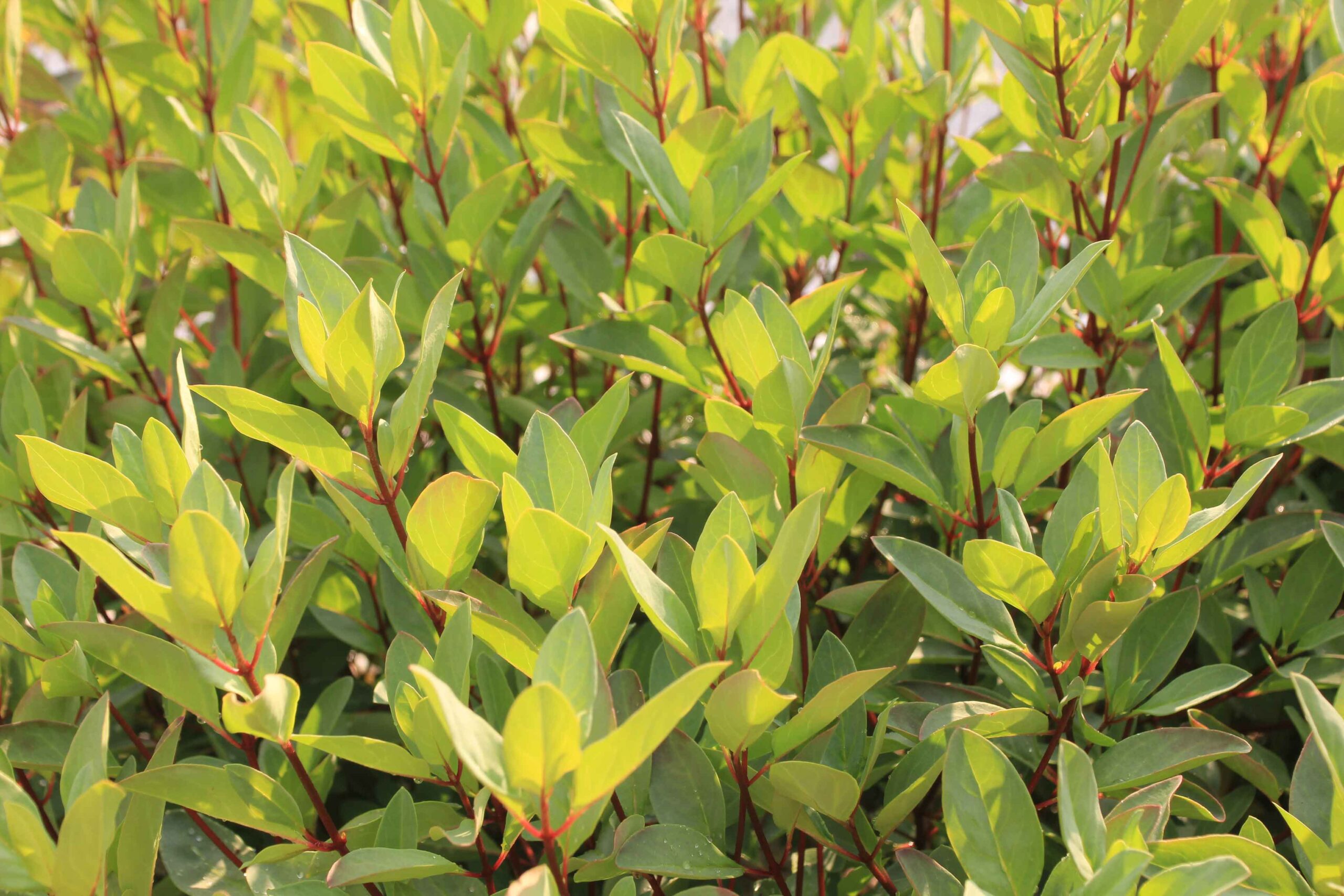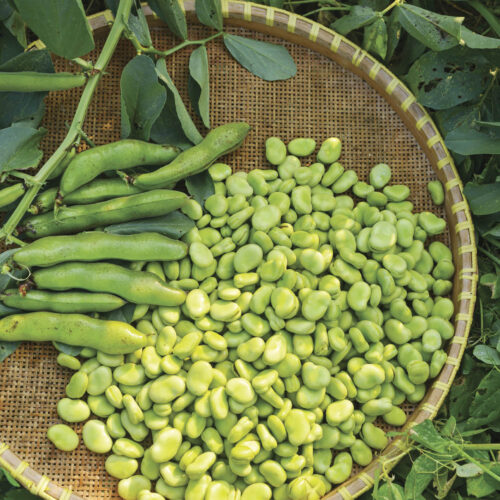Native herbs you can grow yourself
2019-05-29T05:50:32+10:00
There are an amazing variety of Australian herbs that are easily grown in pots or gardens, full sun or semi shade. Here's a selection.
Although edible native plants have been mostly ignored by mainstream Australia, the native food industry is beginning to flourish, as chefs and foodies alike discover what is on offer and how to use the produce.
Similar to their European counterparts, native herbs can be used as medicine or food – here we focus on the latter and incorporating them into our diet. There are an amazing variety of Australian herbs that are easily grown in pots or gardens, full sun or semi shade. Native varieties offer tastes and aromas unlike any other and can be used fresh or dried, in teas, drinks, baking and a range of sweet and savoury dishes.
The native herbs I’ve chosen to feature can be grown in pots, making them suitable for most gardens. Herbs with leathery leaves, such as native pepper and lemon myrtle need to be picked when the leaves are fully mature so their leaf structures, flavour and aroma profiles are sufficiently developed.
For the home gardener and cook, many native herbs are still difficult to source as only a small number of nurseries have embraced them. Here, then, are some of the more readily available ones to start with.
Lemon myrtle
Perhaps the best-known Australian herb, lemon myrtle (Backhousia citriodora) is a large shrub or small tree from coastal rainforest areas of Queensland. As a rainforest plant it prefers humidity and enjoys shade, or at least some protection from cold wind, making it a suitable understorey plant. It can do well as far south as Melbourne. In cooler climates it makes a great potted plant on a shady verandah.
Leaves have a strong lemony aroma and taste, with a hint of the spiciness of lemongrass, and should be harvested when fully mature. One leaf crumpled in a cup of boiling water makes a delicious drink or you can add several to a pot of black tea. Iced lemon myrtle tea is a refreshing summer beverage, as is a cordial made from the leaf infusion.
Dried and ground leaves can be sprinkled over fish fillets when cooking or added to biscuits, cakes and desserts, while whole leaves can be added to curries.
Native pepper
Native pepper (Tasmannia lanceolata), also known as pepperberry, has spicy leaves and berries for culinary use. Native peppers are dioecious, which means that both male and female plants are needed for berries to be produced and harvested. You’ll need to wait 3–5 years for your first harvest though. Native to temperate rainforests of Tasmania, Victoria and NSW, plants thrive in rich, well-drained soil. They need some shade and will perish if allowed to dry out. Harvest mature leaves for drying and grinding, and enjoy the dull-green powder used as you would any ground pepper. Fresh pepperberries are best crushed in a mortar and pestle when they are still quite soft, although older, drier fruit will pass through a pepper grinder.
Native sage
Native sage (Prostanthera incisa) is a smaller plant than native thyme, growing to approximately 1.5m high and wide but has similar uses, such as an ingredient in mint sauce (native thyme and sage have strong menthol content and are sometimes labelled as mint bushes). Native sage seems to appeal to people more because of its smaller leaves and slightly softer flavour. Plants occur mostly in eucalypt forests along the east coast of NSW. Both native sage and thyme can usually be found at native nurseries.
Native thyme
Native thyme (Prostanthera rotundifolia) is found in temperate regions of Tasmania, Victoria, NSW and South Australia. Similar to native sage, it’s a fast-growing understorey plant with bright-purple flowers in spring that enjoys some shade and moisture. Finely chopped fresh leaves, with stems removed first, make a fabulous herb butter, great for melting over vegetables and meat alike. Leaves can be used fresh or dried and their strong flavour pair well with meat or eggplant dishes, as a marinade or added during cooking.
Native mint
Native mint (Mentha australis) or river mint, is widespread near waterways in all eastern states and Tasmania and has an incredibly variable aroma and flavour. In my experience, three different indigenous nurseries from Melbourne have yielded three plants with very different aroma profiles.
Native mint copes with much less watering than European mints and prefers more sun. It’s deciduous in winter but should only be cut back by half at this time – cutting to ground level will kill it.
Native mint has delicate leaves with surprisingly strong aromas. Aboriginals crush a handful of leaves to inhale to clear a stuffy nose. The leaves can be used whole or chopped in savoury dishes such as tabbouleh or salsa, or thrown over chopped watermelon or pineapple. Native mint combines well with chocolate and enlivens cocktails that would normally use European mint.
HOW TO DRY HERBS
Hang small bunches of herbs to dry in a cool, dark, dry place, or dry individual leaves in wicker baskets, to allow good airflow. Once dry, the more fibrous leaves can be ground in a small electric coffee grinder set to ‘coarse’. Pack the grinder well with leaves or you will find they spin without grinding. To retain flavour and aroma, store dried leaves or powders in a cool, dark, dry place.
If correctly processed and stored without delay, powder and leaves will last 12 months.






